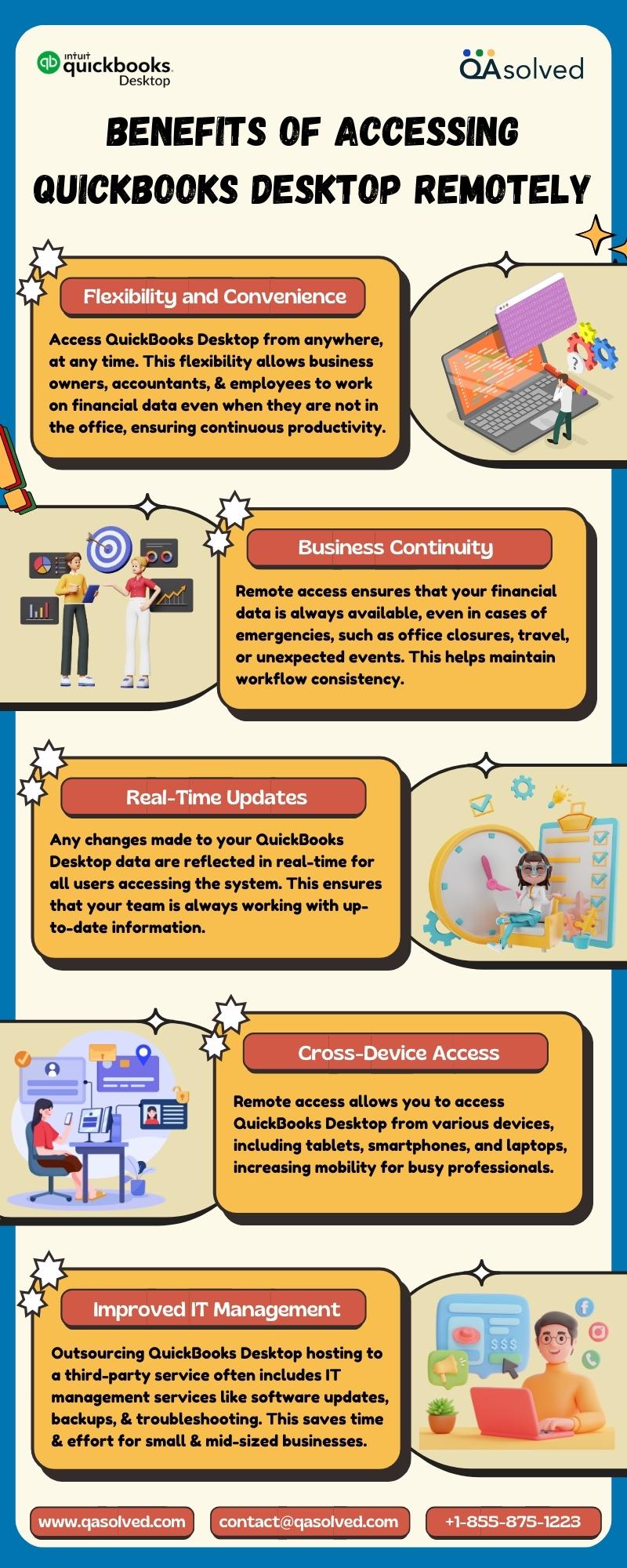In today’s rapidly evolving business landscape, ensuring continuity amidst unforeseen challenges is paramount for sustained success. Succession planning, a strategic process of identifying and nurturing future leaders, stands at the forefront of this endeavor. As organizations face increasing complexities, from technological disruptions to demographic shifts, the ability to seamlessly transition leadership becomes not just a competitive advantage but a necessity. This article delves into the intricacies of effective succession planning, offering a comprehensive analysis of its critical components and practical insights into its implementation. By understanding the nuances of this strategic approach, businesses can safeguard their operations against uncertainty, fortifying their resilience and paving the way for long-term prosperity.
Identifying Key Roles and Potential Successors
In the intricate dance of succession planning, pinpointing essential roles within your organization is the first step to ensuring business continuity. Start by evaluating which positions are critical to your company’s operations and strategic goals. These are the roles that, if left unfilled, could disrupt workflows or jeopardize your competitive edge. Typically, they include leadership positions, specialized technical roles, and those with unique client relationships. To identify these roles, consider:
- Impact on Business Operations: Determine which roles are pivotal in maintaining your core business functions.
- Skill and Knowledge Requirements: Assess roles that require specialized skills or institutional knowledge that are not easily replaceable.
- Strategic Importance: Evaluate positions that contribute directly to achieving long-term business objectives.
Once these roles are identified, the next challenge is selecting potential successors. This involves a thorough assessment of internal candidates who exhibit the capability and readiness to step into these key roles. Look for individuals who not only have the technical skills but also embody the company’s values and demonstrate leadership potential. Use performance reviews, competency assessments, and career aspirations discussions to guide your selection process. Cultivating a robust talent pipeline ensures that when the time comes, your organization can transition smoothly, maintaining stability and momentum.

Developing a Comprehensive Succession Framework
Creating a robust succession framework involves several strategic steps that ensure the seamless transition of leadership and the preservation of institutional knowledge. Identifying key roles within your organization is the first step. This requires a deep understanding of which positions are critical to business operations and which are vulnerable to disruption. Once identified, assessing potential successors becomes crucial. This involves evaluating internal talent for readiness and potential, taking into account both their skills and leadership capabilities.
To ensure the framework is comprehensive, consider implementing the following strategies:
- Continuous Development: Invest in ongoing training and development programs tailored to enhance the skills of potential successors.
- Mentorship Programs: Establish mentorship opportunities where current leaders can impart knowledge and experience to emerging talent.
- Performance Metrics: Develop clear criteria and benchmarks to regularly evaluate the progress and readiness of candidates.
- Diversity and Inclusion: Ensure your succession planning considers a diverse pool of candidates to foster innovation and inclusivity.
By integrating these elements, organizations can build a dynamic and resilient succession framework that not only safeguards against unforeseen disruptions but also promotes a culture of growth and opportunity.

Implementing Training and Development Programs
In the dynamic world of business, the ability to seamlessly transfer knowledge and skills is crucial for maintaining operational stability. Training and development programs serve as the backbone for this transition, ensuring that potential leaders are well-prepared to take the helm when needed. Creating a structured and comprehensive training program involves identifying critical roles within the organization and understanding the competencies required to fulfill these roles effectively. This involves not only technical skills but also soft skills such as leadership, communication, and strategic thinking.
A successful training initiative should incorporate a variety of learning methods to cater to different learning styles and needs. Consider implementing a mix of the following:
- Workshops and seminars: These provide interactive platforms for employees to engage with experts and peers.
- Mentorship programs: Pairing emerging leaders with seasoned professionals facilitates the transfer of tacit knowledge and fosters a culture of learning.
- Online courses and e-learning modules: These offer flexible learning opportunities that can be tailored to individual career paths.
- Job rotations: Allowing employees to experience different roles within the organization broadens their understanding and enhances their adaptability.
By investing in these training and development strategies, businesses can cultivate a pool of capable successors, ensuring that leadership transitions are smooth and that the company remains resilient in the face of change.

Regularly Reviewing and Updating Succession Plans
In the fast-paced world of business, change is the only constant. To ensure seamless transitions, it’s crucial to frequently reassess and update your succession plans. This process involves evaluating the current plan’s effectiveness, identifying potential gaps, and making necessary adjustments to align with evolving business goals. As organizational structures and roles transform, succession plans must reflect these changes to prevent any leadership voids that could disrupt operations.
- Conduct regular reviews: Set a schedule for evaluating your succession plan, ideally once a year or whenever significant organizational changes occur.
- Engage stakeholders: Include key decision-makers in the review process to ensure diverse perspectives and comprehensive planning.
- Update roles and skills: Align succession plans with current job descriptions and required competencies to address any skill gaps.
- Leverage technology: Utilize digital tools and platforms to track succession readiness and facilitate ongoing updates.
By maintaining a dynamic approach to succession planning, businesses can safeguard their future, ensuring leadership continuity and stability. This proactive strategy not only minimizes risks but also prepares the organization to thrive amidst unforeseen challenges.



